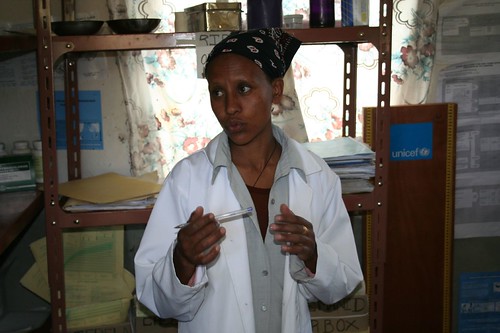.jpg)
Wow! We just got TWO big boosts for Berga!
The first one was in the mail when I came home from a trip to the United Nations in New York. A small envelope held a big surprise. It was a check for $100 for the Berga project from two close friends of my parents. Mom and Dad had gotten to talking with them about my losing weight to raise money for the needy community in the Berga wetlands of Ethiopia. They showed them this Losing Pounds for Berga website and it prompted them to send a check AND pledge $2 per pound for weight lost beyond the 21 pounds I had already lost at that time.
One line in their hand-written note struck a chord. “This is just the kind of thing we like to support – people helping people without a lot of hullabaloo and hierarchy.” They definitely took the right message from the website. That is definitely my approach!
And here is a preview of the second big boost for Berga that shows even modest efforts can make a big difference. I got an email this week from Geremew Selassie, the head of the Ethiopian Wildlife and Natural History Society. He sent photos of the community receiving the boxes of school supplies and the 66 sheets of corrugated steel the community decided to buy with the money we raised before starting this weight loss effort. The photos showing the progression of the new classrooms being built is moving. It is deeply satisfying to see the resources we gave turn into something so practical for people in such need. Stay tuned for the next post!























